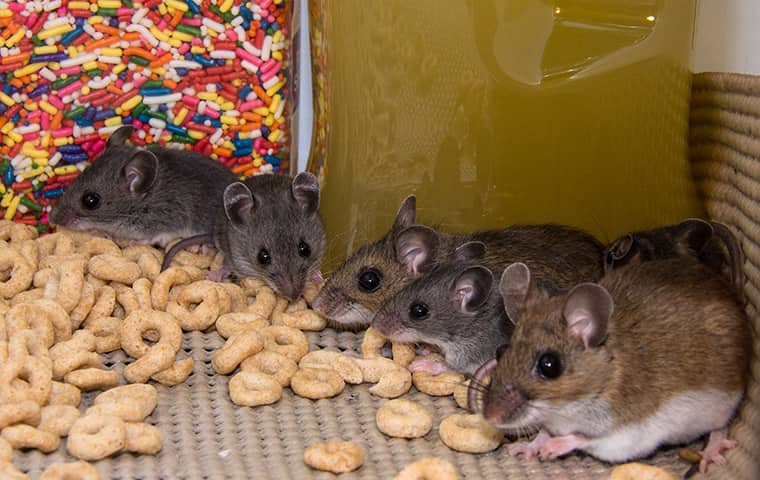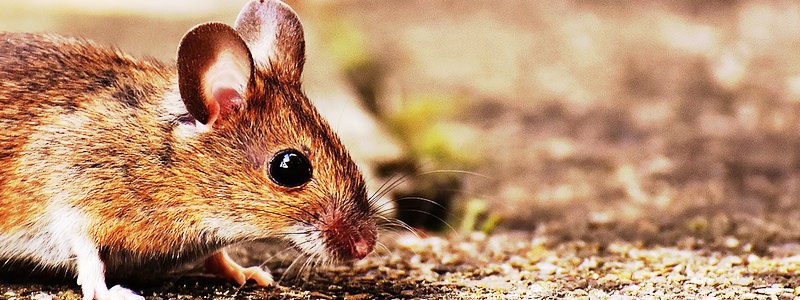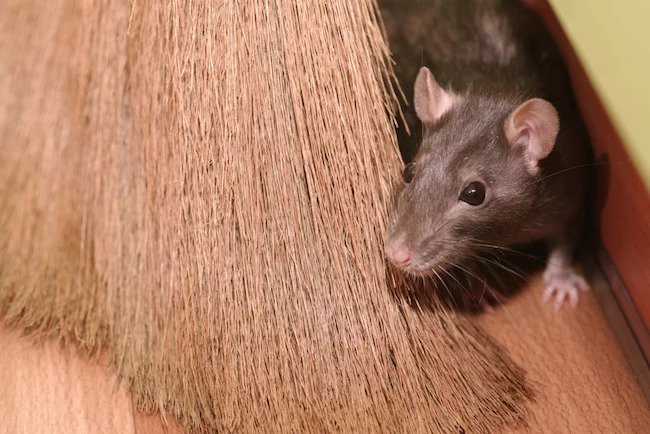In addition to hantavirus and salmonellosis children that are exposed to mice droppings for long periods of time can develop allergies and or asthma.
Mouse droppings in attic dangerous.
Is mouse poop dangerous.
Place the full bag in a second plastic bag.
It is essential that certain safety measures are observed.
Most cases occur in the spring people may breathe in airborne particles.
Hantavirus is a potentially life threatening disease transmitted to humans by rodents primarily the white footed deer mouse.
Spray the dead rodent or nest and the surrounding area with a disinfectant or a mixture of bleach and water.
Soak rodent nesting materials or droppings in solution for 5 minutes before wiping up with a paper towel or rag.
Place the dead rodent or nesting materials in a plastic bag and seal tightly.
People can also become infected when they touch mouse or rat urine droppings or nesting materials that contain the virus and then touch their eyes nose or mouth.
The virus lives inside mice feces and when disturbed can become airborne.
So make sure that the cause of your child s sickness is not hiding inside of your walls.
You must take care not to minimize the health risk that can be presented when cleaning up the waste left in an attic following a rodent infestation.
The reality is that rodent droppings dried urine rodent nests and rodent cadavers can contain dangerous pathogens.
After you inhale hantaviruses they reach your lungs and begin to invade tiny blood vessels called capillaries eventually causing them to leak.
How to get rid of mouse droppings in the attic the best approach is a full cleanup with either vacuuming of feces or insulation removal and fogging of the attic with a special enzyme cleaner.
One of the most common mouse droppings diseases is a respiratory disease called hantavirus pulmonary syndrome.
Once the fecal matter becomes dry it can be hazardous to those who breathe it in.
For example a broom used to clean up mouse droppings in an attic may nudge into the air tiny particles of feces containing hantaviruses which you can then easily inhale.
Rodent urine and droppings that contain a hantavirus are stirred up into the air.
Mouse contamination inside cupboards behind appliances or on top of counters can very be very dangerous stuff.
The droppings look similar to a seed and are between 1 8 and a of an inch.
A female house mouse can give birth to more than 50 mice in a single year.
Moreover rodent droppings can spread diseases and viruses including those listed below.
They typically leave waste in a single pile by where they rest or their entrance to your attic.
Smaller is mouse larger is rat or squirrel.
Cleaning up mouse droppings.
To identify the rodent feces in your attic the best bet is to look at the size.
Hantavirus is one of the greatest health concerns associated with mouse droppings.





























